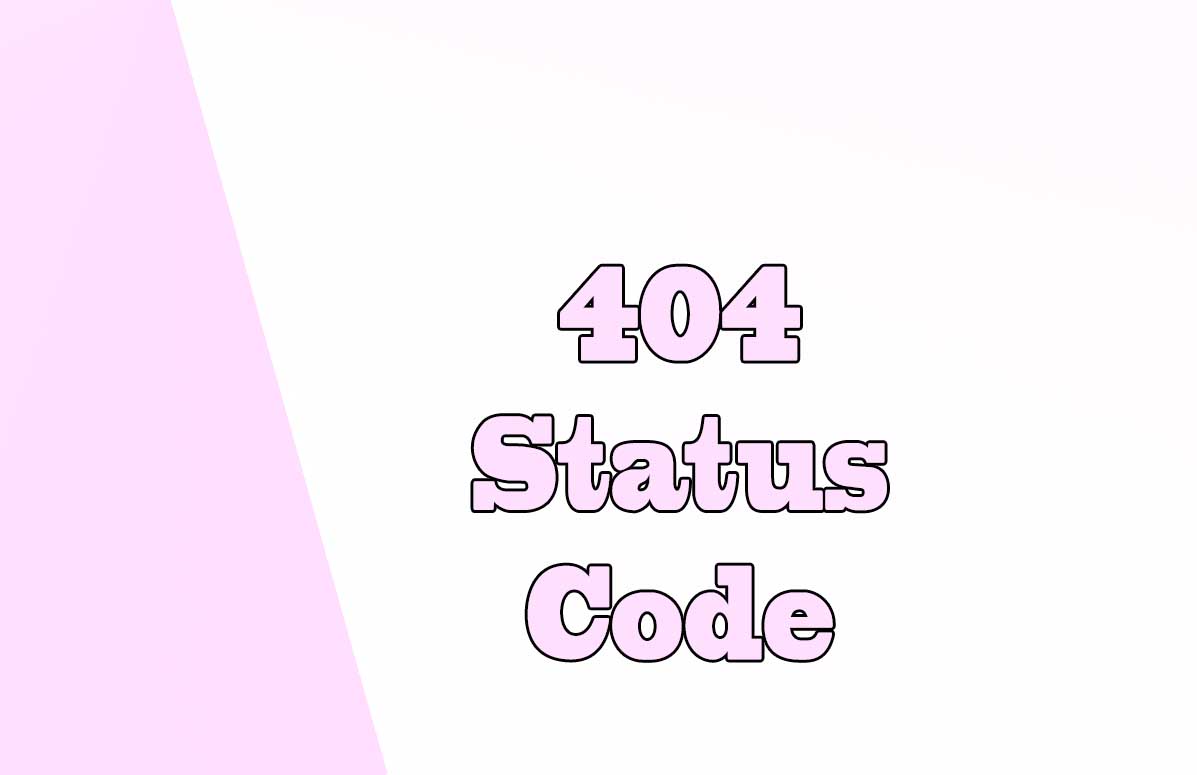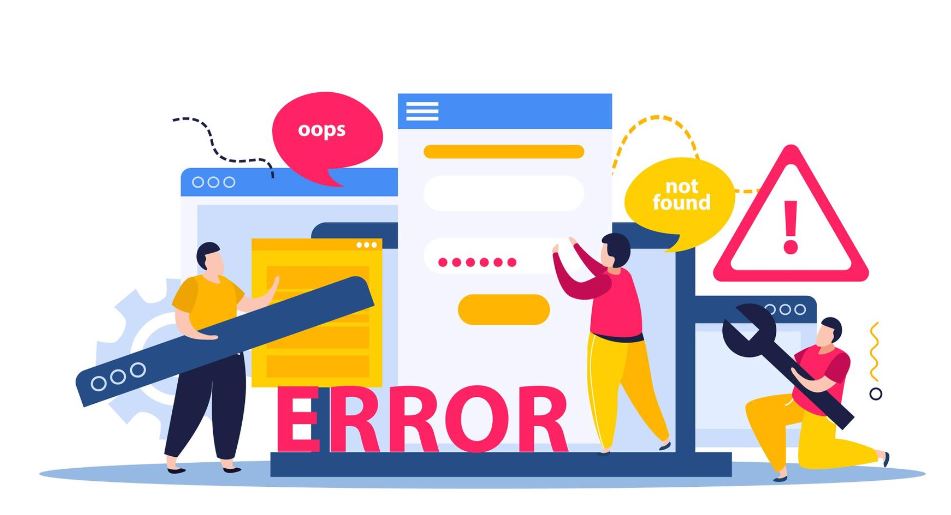
Intro: 404 status code
The internet has become an integral part of our daily lives, and we rely on it for various purposes such as communication, research, and entertainment. However, we often encounter errors while browsing the web. One of the most common errors is the 404 status code.
The 404 status code is a common error that users encounter while browsing the web. It occurs when a server cannot find the requested resource.
The causes of the 404 status code include broken or incorrect links, renamed or deleted web pages, and server or network issues.
The remedies for the 404 status code include the creation of a custom 404 error page, proper redirection of broken links, and regular website maintenance and monitoring.
By implementing these remedies, website owners can provide users with a better browsing experience and minimize the occurrence of the 404 status code.
Definition of the 404 Status Code
The 404 status code is a standard HTTP response code that indicates that the server cannot find the requested resource.
This error occurs when:
- A user tries to access a web page that no longer exists or has been moved to a different location.
- A user mistypes a URL.
- When a website is experiencing server or network issues.
For instance, if a user tries to access a page that has been deleted, the server will respond with a 404 status code.
Similarly, if a website is undergoing maintenance, users may encounter the 404 status code.
Causes of the 404 Status Code
There are several causes of the 404 status code:
- One of the most common causes is broken or incorrect links.
When a user clicks on a link that is broken or incorrect, the server will respond with a 404 status code. - Another cause of the 404 status code is renamed or deleted web pages.
If a website owner renames or deletes a web page without proper redirection, users who try to access the page will receive the 404 status code. - Server or network issues can also cause the 404 status code.
For instance, if a website's server is down or experiencing technical difficulties, users may receive the 404 status code.
Remedies for the 404 Status Code
There are several remedies for the 404 status code:
- One of the most effective remedies is the creation of a custom 404 error page.
A custom 404 error page can provide users with helpful information and navigation options when they encounter the 404 status code. - Another remedy is proper redirection of broken links.
Website owners can use redirection tools to redirect broken links to the correct web pages.
Regular website maintenance and monitoring can also prevent the 404 status code.
Website owners should regularly check for broken links, update web pages, and monitor their servers to ensure that their websites are functioning properly.
Creation of a custom 404 error page
A 404 error page is a standard HTTP response code that indicates a webpage cannot be found.
Creating a custom 404 error page is essential for providing a positive user experience, maintaining brand identity, and improving SEO.
A well-designed 404 error page can turn a frustrating experience into a positive one and keep users on the website for longer.
Having a custom 404 error page is essential for several reasons:
- Firstly, it provides a better user experience by informing the user that the page they are looking for does not exist and guiding them back to the website's homepage or other relevant pages.
- Secondly, a well-designed 404 error page can help maintain the website's brand identity and credibility.
- A custom 404 error page can improve the website's search engine optimization (SEO) by reducing the bounce rate and keeping users on the website for longer.
Creating a custom 404 error page involves identifying the website's design elements, deciding on the tone and messaging of the page, and writing the content.
- The design elements should be consistent with the website's overall design and branding.
For example, if the website uses a specific color scheme or font, these should be incorporated into the 404 error page. - The tone and messaging of the page should be helpful and informative while maintaining the website's brand voice.
- The content of the page should include a clear message that the page cannot be found, a search bar or links to other relevant pages, and a friendly message that apologizes for the inconvenience.
Once the custom 404 error page has been created, it needs to be uploaded to the website's server and tested to ensure it functions correctly.
- The file must be named "404.html" or "404.php" depending on the programming language used and uploaded to the website's root directory.
- The website's server should be configured to redirect any 404 errors to the custom 404 error page.
This can be done using a .htaccess file or by contacting the website's hosting provider.
If our web page is hosted on an Apache server, and if we use the .htaccess file in the root directory of our web site, we will only have to add the following directive at the end of the file so that the 404 redirection occurs automatically:
ErrorDocument 404 /404.php
- Finally, the website owner should test the 404 error page to ensure it functions correctly and redirects users back to the website's homepage or other relevant pages.
Redirection of Broken Links
Broken links can be a frustrating experience for website visitors and can negatively impact a website's search engine optimization (SEO).
When a user clicks on a link that leads to an error page, it can decrease their trust in the website and even lead to a loss of potential customers.
Redirecting broken links is crucial for improving user experience and SEO.
By redirecting broken links, website owners can improve their website traffic and ranking, ultimately leading to greater success in their online endeavors.
Definition of broken links
Broken links are hyperlinks that lead to a non-existent or error page.
They can occur due to various reasons:
- Changes in URL structure.
- Removal of web pages.
- Mistyped URLs.
There are two types of broken links: soft and hard:
- Soft 404 errors occur when a page returns a 200 status code (success) instead of a 404 status code (not found) even though the page does not exist.
- Hard 404 errors occur when a page returns a 404 status code, indicating that the page does not exist.
Impact on user experience and SEO
Broken links can have a negative impact on user experience and SEO.
- When a user clicks on a broken link, it can lead to frustration and a loss of trust in the website.
- Search engines like Google can penalize websites with broken links, leading to a decrease in website traffic and ranking.
Redirecting broken links can have several benefits:
- Improving user experience.
- Increasing website traffic.
- Improving SEO.
Techniques for redirecting broken links
There are several techniques for redirecting broken links:
- One of the most common methods is manual redirection using the .htaccess file.
This method involves adding redirect code to the .htaccess file, which is located on the website's server. - Another method is using redirect plugins, which can be installed on the website's content management system (CMS), as WordPress or Drupal, to automate the redirection process.
- There are tools available that can redirect broken links in bulk, making the process more efficient and less time-consuming.
Tips on SEO and Online Business
Next Articles
Previous Articles



